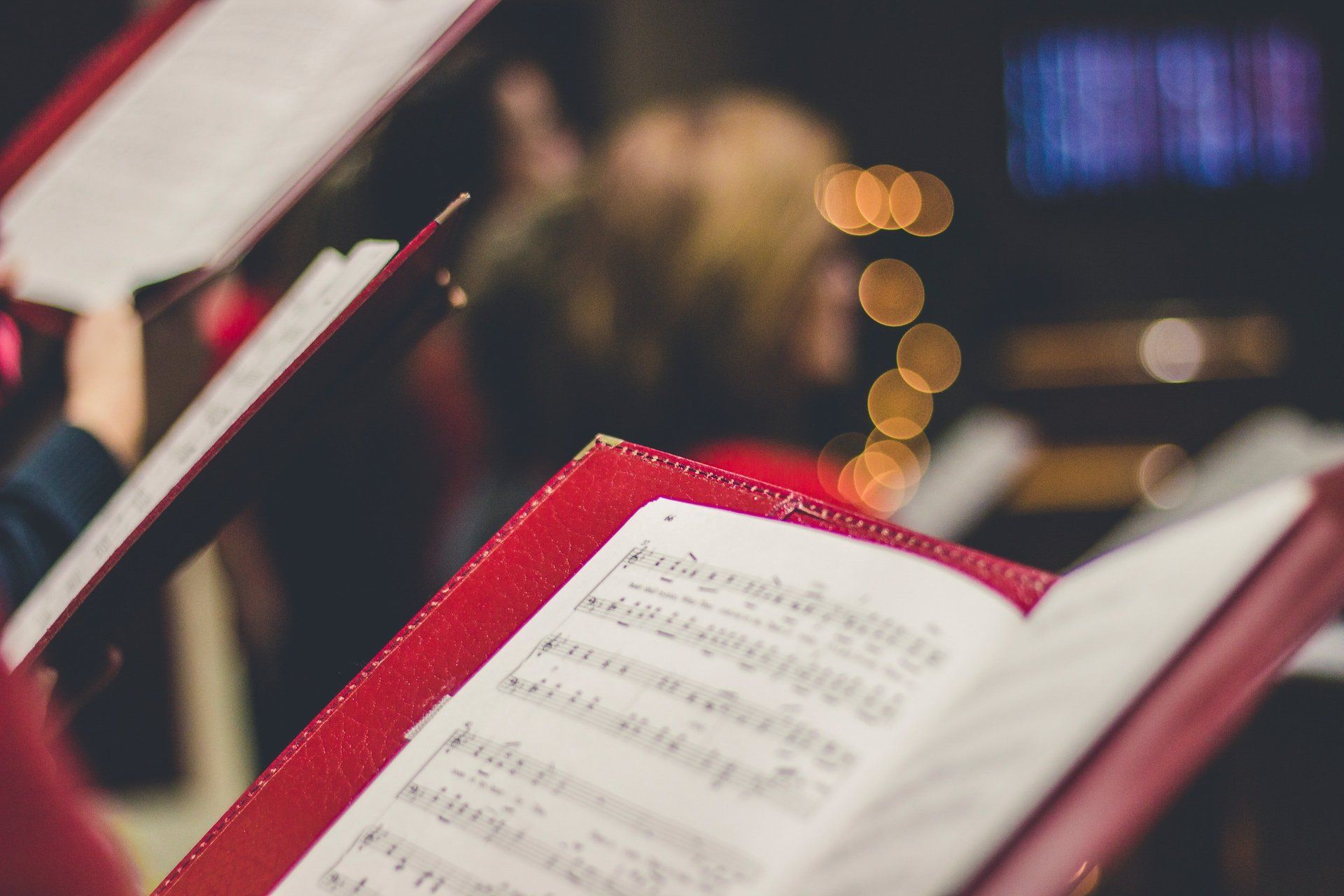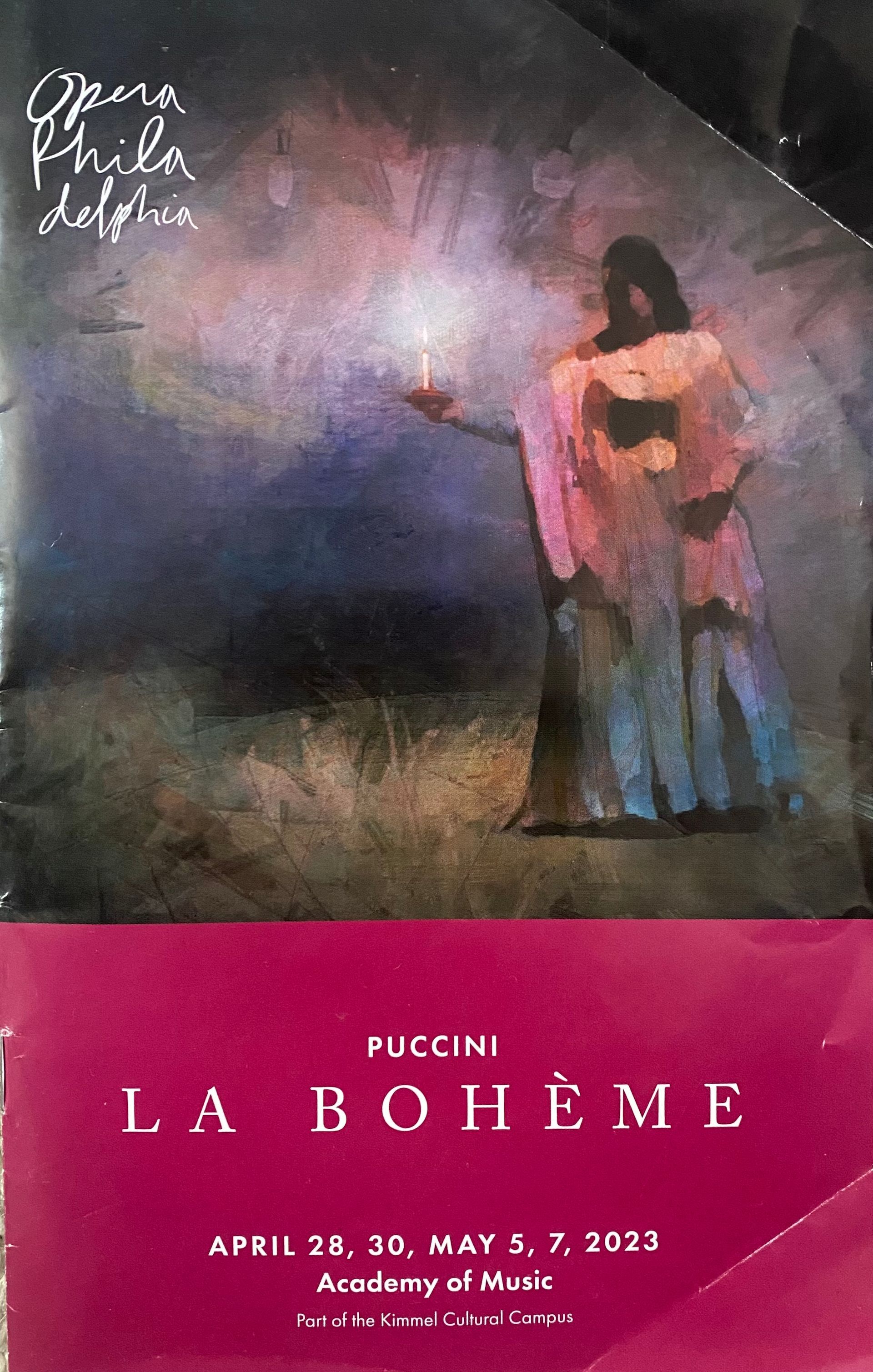




Opera Philadelphia created a progressive rendition of Giacomo Puccini’s most famous of operas, La Bohème. While one could argue that the progressive rendition of La Bohème is somewhat visible in Jonathan Larson’s musical, Rent – there is a desire for audiences to see the original opera in a contemporary format. This new interpretation of the opera was made available to audiences from April 28, 30 and May 5, and 7, respectively. To make clear, the Kimmel Center who is the home of Opera Philadelphia thrives on the concepts of interpretation and various forms of expression and this take on La Bohème was no exception.
Set originally in Paris of 1830 La Bohème is centered around the storyline of four bohemians (Rodolfo, Marcello, Schaunard, and Colline) living in an apartment who interact with their female counterparts (Mimì and Musetta). It is a classic story of love, heartbreak, and real-life circumstances. The reason why this opera is not only timeless, but also popular with mainstream audiences is because of Puccini’s use of luscious melodies and riveting storyline which was based upon Henry Murger’s Scènes de la vie de bohème. This collection of stories was formulated into a libretto by Luigi Illica and Giuseppe Giacosa in 1895 and has stood the test of time for a century and beyond.
To have Opera Philadelphia take such a notable (and now) mainstream opera and make it progressive took much courage. Not only was their main cast on stage diversely represented; they also made an attempt to artistically demonstrate La Bohème as a looking-back retell. The director, Yuval Sharon whose most recent work was at the Lyric Opera of Chicago and Detroit Opera, made use of the backwoods retelling of the opera. As opposed to starting with Act 1 going all the way through chronologically to Act 4, Sharon started the opera with Act 4. This required a narrator who was added to the cast labelled as “The Wanderer”played by Anthony Martinez-Briggs. Martinez-Briggs brought artistry and story retell which was needed for the scenes to transition backwards. His stance and vocal cadencing in rhythmic speech were reminiscent of a new form of musicality which was made evident in Lin- Manuel Miranda’s popular 2015 Hamilton. This addition to La Bohème made the transitions more palatable as most audiences were flabbergasted to start with the final act working backward.
To that end, the singers were more than capable of portraying this rendition. This is particularly taxing on the tenor, Joshua Blue (Rodolfo) who performs what is normally the leading duet as the final duet with Mimì “O Soave Fancillua” however, Blue holds his own. He is able to produce beautiful held tenor notes dripped with luscious timbre and emotion. His counterpart and love interest Mimì (Kara Goodrich) had beautiful lyricism and effective acting chops which was necessary to depict the dying beauty. The most notable character besides Rodolfo and Mimì was Musetta (Melissa Joseph). Her saucy stage presence along with her silvery soprano tone made a gorgeous and whimsical interpretation of Musetta’s (if not Puccini’s) most famous aria, “Quando me’n vo.” The staging of her taunting her lover Marcello (Troy Cook) appropriately had her positioned on top of dining tables in the Parisian café. To round out the main cast was baritone Benjamin Taylor who played Schaunard and bass singer Adam Lau who played the philosopher Colline. It is to be noted that Lau’s performance of “Vecchia zimarra” was so moving that it prompted an audible response of “bravo” from the audience.
There were moments where Corrado Rovaris the conductor for the opera made the tempos a bit fast. However, it is to be believed that he was thinking of the singers as performing the opera backwards requires such a huge demand on the voice. He had full understanding what his singers needed and conducted his orchestra accordingly.
La Bohème will always be a safe bet for opera houses to produce as it is a classic for patrons and newbies alike. The artistic interpretation of directing it backwards by Yuval Sharon was courageous but cannot say that this is the ideal method for performance. While there is room for directors in opera to push the envelope with interpretation... the retelling the story backwards seems... backwards. This is not to take away from the musicians, singers, and even staging which were fabulous throughout. However, it would be best for La Bohème to stay it chronological from beginning to end.
Rating: 4/5
- Megan Poff



